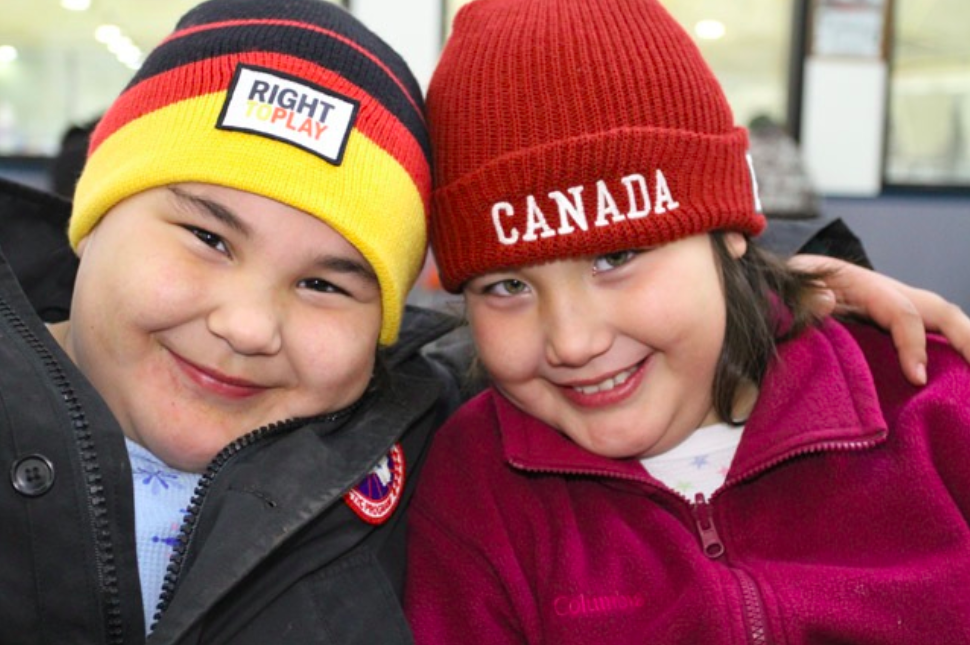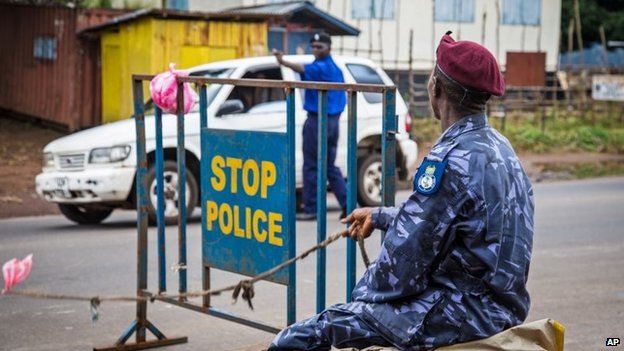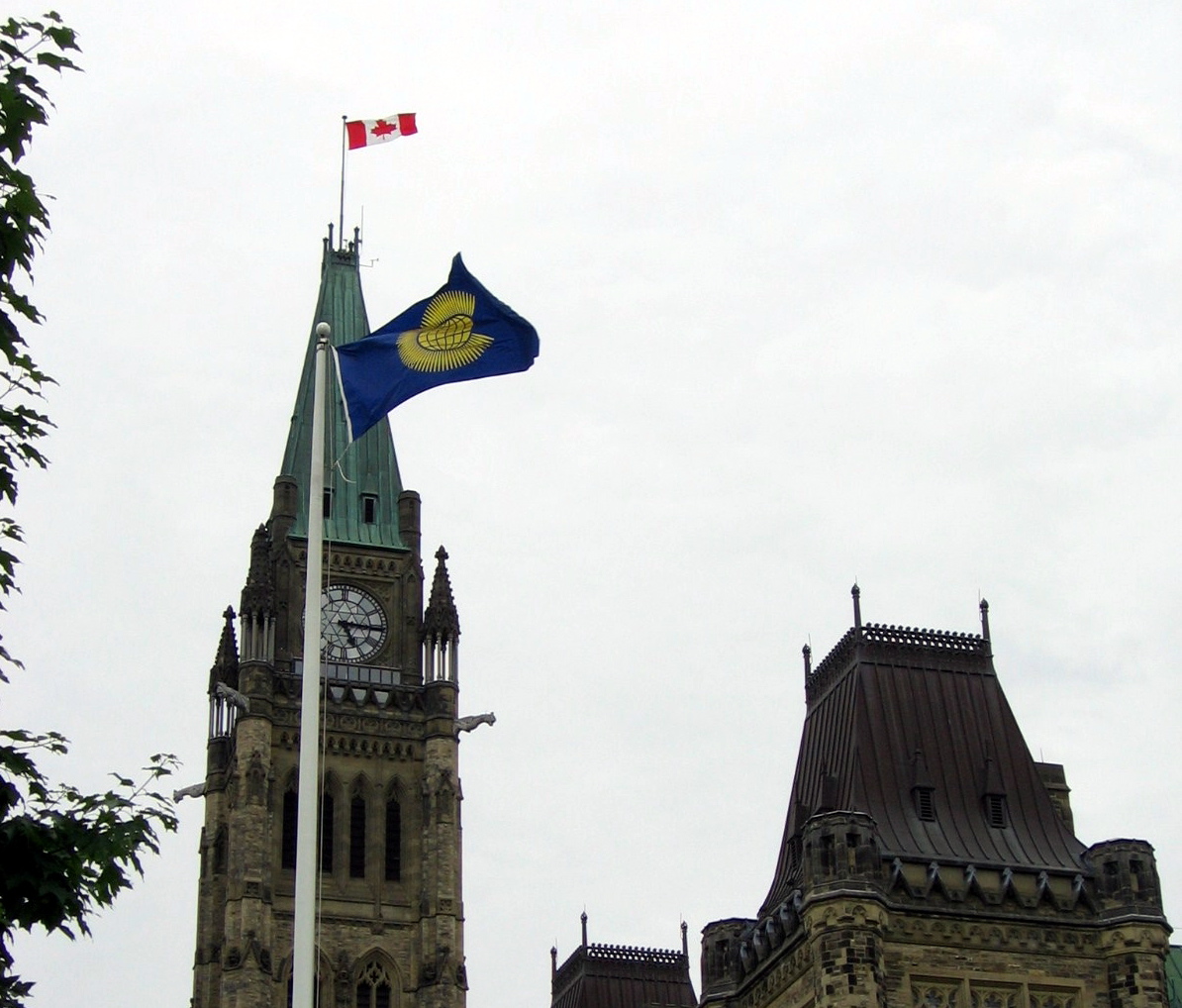Every two years, athletes from around the world gather to compete for silver and gold medals, thus demonstrating the unique ability of any sport to transcend national, cultural, socio-economic and political boundaries. Beyond its mere entertainment purposes, sport can easily reconstruct itself as a uniquely powerful tool. Not only can it be used to support education and health initiatives, but it can also bring fragmented communities further together. Sports in general can, therefore, play a fundamental role in helping individuals in disadvantaged communities overcome the effects of poverty, conflict, and/or disease.
Fourteen years ago, in September 2000, the UN established eight Millennium Development Goals (MDGs). These goals aim to eradicate extreme poverty and hunger, reduce child mortality, combat HIV/AIDS, malaria and other epidemic diseases, achieve universal primary education, promote gender equality, improve child and maternal health, ensure global sustainability and develop global partnerships. Each and every one of these goals can be advanced through play and sports.
In 2003, the UN Inter-Agency Task Force on Sport for Development and Peace defined sport as “all forms of physical activity that contribute to physical fitness, mental well-being and social interaction, such as play, recreation, organised or competitive sport, and indigenous sports and games.” As such, sports can become a practical tool for the achievement of the MDGs due to their universal popularity and ability to connect people and communities. Sports can quickly become a communication platform, both empowering and motivating individuals in their performances. It is for these reasons that the Sport for Development and Peace International Working Group was created in 2004. The latter seeks to encourage governments to adopt policies and programs that support the integration of sport and physical activity into both their domestic and international strategies.
Case Study: “Right To Play” and First Nation Communities in Ontario
In Canada, Aboriginal children are confronted with an array of socio-economic challenges, all of which impact the growth and success of many of their First Nation communities. To combat these common setbacks, the Ontario Ministry of Aboriginal Affairs and the global organisation Right To Play partnered to develop the Promoting Life-skills in Aboriginal Youth (PLAY) program. The latter focuses on the use of sport and recreation to develop leadership skills and provide youth with new opportunities.
Right to Play was first founded in 2000 by Johan Olav Koss, an Olympic gold medalist and now world-famous social entrepreneur. His organisation currently runs programs in more than 20 countries, providing 830,000 children with regular weekly activities. The organisation’s purpose is to use everyday play as a means to educate and empower children, while at the same time driving social change.
In Ontario, PLAY uses four different programs to foster development: the Summer Sun Program, the Hockey for Development Program, the Youth Leadership Program and the After School Program. Each program is implemented in “partnership with First Nations communities, Tribal Councils and a variety of Aboriginal organizations across Ontario.” In total, these programs include over 40 communities and organisations across the province, reaching over 1000 youth each week.
“Sports can have a fundamental role in helping individuals in disadvantaged communities overcome the effects of poverty, conflict, and/or disease”
Overall, the program has been successful in creating a positive impact. In a 2012 Report, a baseline assessment of 16/35 communities indicated that half of the youth reported a positive level of community engagement. Moreover, 80% of the youth who participated in the Youth Leadership Program Workshops claimed to have noticed improvements in their leadership skills. Finally, 80% of the children and youth surveyed reported an increase in teamwork skills due to their participation in a range of these programs.
Many of these successes, however, stem from the fact that these five programs engage First Nation communities as partners in program design and implementation. Each program is developed differently in the various communities, as each is tailored to meet the specific needs and cultural differences of the participating Aboriginal groups. By utilising local identities and culture, a given sport can further enhance its potential for promoting successful integration.
In the end, although much remains to be heard on the long-term impact of sport on fostering development or overcoming larger economic, security or political issues, the example of the PLAY program demonstrates that sports can positively impact disadvantaged communities when well tailored to their needs and identity. The further, crucial key to these programs’ success is their being rooted in local communities. Thus, one avoids the clumsy, gap-prone development of a one-size fits all model, opting instead for a program adequately sensitive to communities’ culture, politics and socio-economic conditions.





